-
Hajipur, Bihar, 844101
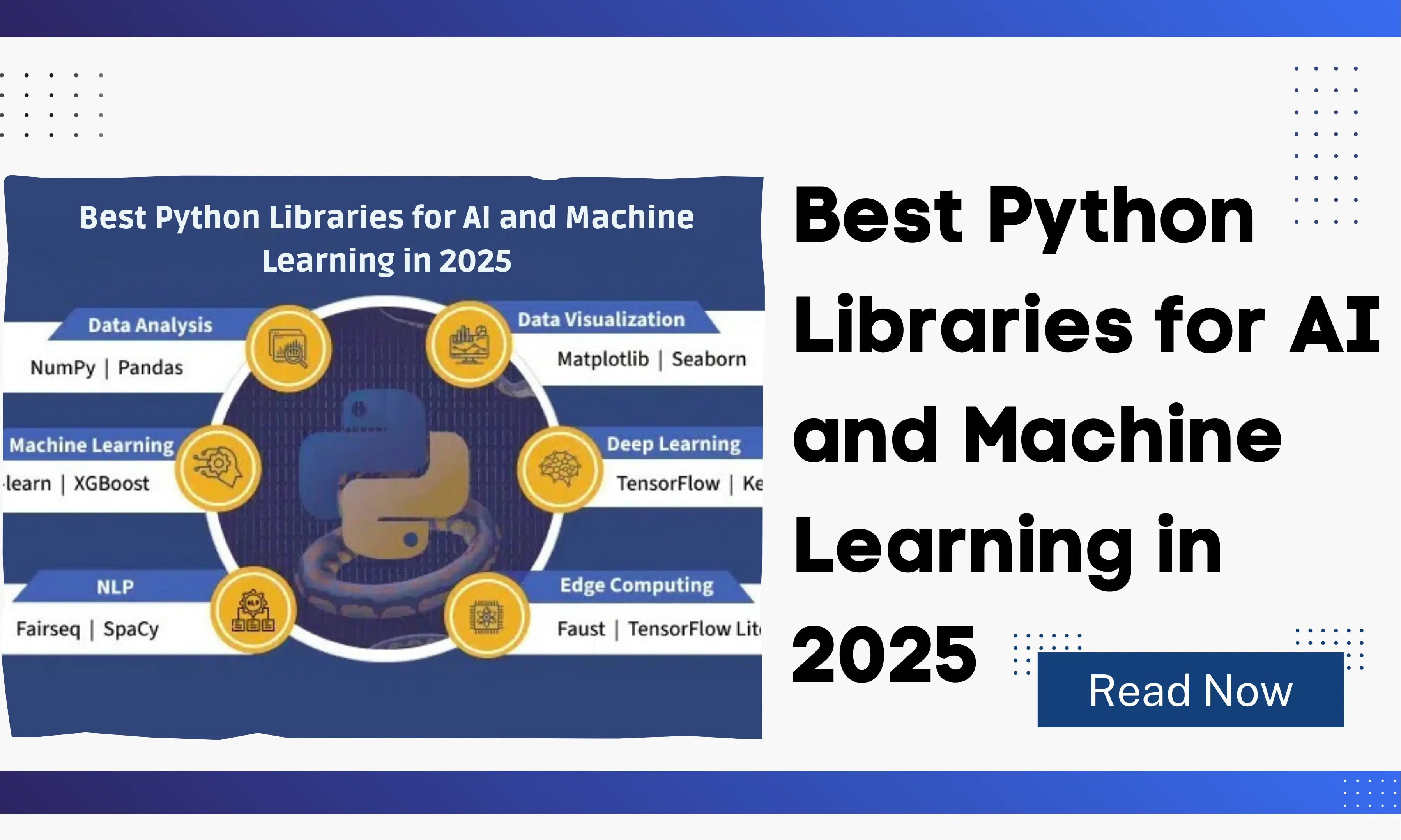
Best Python Libraries for AI and Machine Learning in 2025
Artificial Intelligence and Machine Learning are no longer just buzzwords. In 2025, they are part of our everyday life—whether you’re unlocking your phone with face recognition, asking a chatbot a question, or letting a recommendation system pick your next movie. Behind all of this magic sits one language that has quietly become the backbone of AI: Python.
The real strength of Python is not just the language itself, but the libraries that make AI and machine learning easier, faster, and smarter. If you are a developer, student, or data enthusiast, knowing which Python libraries to use in 2025 can save you months of work.
In this blog, let’s explore the best Python libraries for AI and machine learning in 2025, how they are used, and why they matter.
Why Python is Still the King of AI and Machine Learning in 2025
Before jumping into the libraries, let’s answer a simple question: why does Python dominate AI, even in 2025?
-
Easy to read and write – Python’s syntax feels like plain English. This makes it easy for beginners and experts alike.
-
Huge community support – Millions of developers contribute to its ecosystem. That means tons of tutorials, GitHub repos, and Q&A threads.
-
Library-rich ecosystem – Python is like a toolkit filled with specialized tools for AI, data science, and ML.
-
Integration power – Python works smoothly with C++, Java, R, and even cloud platforms.
Because of these reasons, Python remains the first choice for AI engineers, data scientists, and ML researchers in 2025.
Learn Python Tutorial Free: Python Tutorial
Top Python Libraries for AI and Machine Learning in 2025
Now, let’s go library by library, with stories and real-world uses that make them easy to understand.
1. TensorFlow – The All-Rounder
If AI had a superhero, TensorFlow would still wear the cape in 2025. Created by Google, this open-source library has been around for years, but it has evolved to stay relevant.
-
Why use it in 2025?
TensorFlow is not just about deep learning anymore. It now supports quantum machine learning, edge AI, and reinforcement learning. Developers love it for production-level deployment, especially in mobile and IoT apps. -
Everyday use case: Think of a healthcare app that predicts early signs of heart disease. TensorFlow makes training and deploying such models possible on smartphones without slowing them down.
2. PyTorch – The Researcher’s Favorite
While TensorFlow rules production, PyTorch has become the darling of researchers and academics. Built by Meta (Facebook), PyTorch is known for being intuitive.
-
Why use it in 2025?
It has gained new frameworks for natural language processing (NLP) and computer vision, plus better GPU acceleration. PyTorch Lightning, a lightweight wrapper, is now standard for cleaner code. -
Everyday use case: Voice assistants like Alexa and Siri rely heavily on PyTorch-powered NLP models. If you’ve noticed them becoming smarter in 2025, PyTorch deserves credit.
3. Scikit-Learn – The Classic Teacher
Imagine you are just starting your machine learning journey. You don’t need a space rocket; you need a good bicycle. That’s Scikit-Learn.
-
Why use it in 2025?
It’s perfect for data preprocessing, classification, regression, and clustering. In 2025, it has become lighter and faster, with better support for GPU computing. -
Everyday use case: Banks use Scikit-Learn to detect fraud by spotting unusual transaction patterns. It’s simple but powerful.
4. Keras – The Friendly Face of Deep Learning
Keras has always been known as the “beginner-friendly” library. It sits on top of TensorFlow, making deep learning less intimidating.
-
Why use it in 2025?
Keras has added support for generative AI, multimodal models, and integration with TensorFlow Hub. In short, you can now build ChatGPT-like apps faster. -
Everyday use case: A startup can build a customer support chatbot in weeks using Keras, instead of months.
5. Pandas – The Data Organizer
AI without data is like a car without fuel. That’s where Pandas steps in. It helps you organize, clean, and transform raw data into usable formats.
-
Why use it in 2025?
Pandas now comes with faster handling of large datasets and cloud integrations. It is still the go-to tool for working with structured data. -
Everyday use case: A food delivery app uses Pandas to analyze customer orders and suggest the next meal you might crave.
6. NumPy – The Math Wizard
Every AI model is built on math. NumPy makes that math easier by handling large arrays and matrices quickly.
-
Why use it in 2025?
It now supports multi-core processing and GPU acceleration, making mathematical operations lightning fast. -
Everyday use case: Weather forecasting models crunch millions of data points daily, and NumPy powers the math behind them.
7. Matplotlib & Seaborn – The Visual Storytellers
You can’t understand AI without visuals. That’s where Matplotlib and Seaborn shine.
-
Why use them in 2025?
Both libraries have upgraded visualization styles, interactive dashboards, and 3D plotting. -
Everyday use case: A company presents AI-driven sales predictions to investors using charts created in Matplotlib and Seaborn.
8. NLTK – The Language Helper
Humans speak in words, not numbers. Machines? They need help. Natural Language Toolkit (NLTK) is that helper.
-
Why use it in 2025?
Though newer libraries exist, NLTK remains great for tokenization, stemming, and sentiment analysis. It’s a solid choice for text-heavy AI projects. -
Everyday use case: A movie app uses NLTK to analyze reviews and show whether people loved or hated a new release.
9. SpaCy – The Modern NLP Engine
When it comes to performance in natural language processing, SpaCy outshines older tools.
-
Why use it in 2025?
It now supports transformer-based models, large-scale training, and multilingual datasets. Perfect for chatbots, translators, and summarizers. -
Everyday use case: A news platform uses SpaCy to summarize long articles into quick-read highlights.
10. Hugging Face Transformers – The Generative AI Powerhouse
This library is the reason ChatGPT-like models are everywhere. Hugging Face provides pre-trained models for NLP, vision, and multimodal AI.
-
Why use it in 2025?
It now has expanded support for generative AI, fine-tuning, and open-source LLMs. Developers can train AI with fewer resources. -
Everyday use case: E-commerce platforms use Hugging Face to create virtual shopping assistants that answer customer questions instantly.
11. XGBoost – The Boosted Tree Master
When speed and accuracy matter, XGBoost is the trusted library.
-
Why use it in 2025?
It continues to dominate in structured data competitions and supports GPU-powered training for large datasets. -
Everyday use case: Insurance companies use XGBoost to predict claim risks quickly and accurately.
12. LightGBM – The Efficient Alternative
LightGBM, developed by Microsoft, is another tree-based boosting library that’s faster and memory-efficient.
-
Why use it in 2025?
It now supports distributed learning across multiple machines. Perfect for companies handling terabytes of data. -
Everyday use case: Online ad platforms use LightGBM to decide which ad to show you in milliseconds.
13. OpenCV – The Vision Master
AI needs to see, and that’s what OpenCV provides. It’s the go-to library for computer vision.
-
Why use it in 2025?
It now supports real-time face recognition, augmented reality, and integration with deep learning models. -
Everyday use case: Security cameras with OpenCV detect unusual movements and alert homeowners instantly.
14. FastAI – The Shortcut to Deep Learning
FastAI builds on top of PyTorch and simplifies model training.
-
Why use it in 2025?
It’s updated with support for multimodal models, computer vision, and NLP. Great for people who want results without writing thousands of lines of code. -
Everyday use case: A farmer can use FastAI-powered models to identify crop diseases with just a smartphone picture.
15. JAX – The New Contender
JAX, developed by Google, is becoming a big player in 2025. It’s designed for high-performance machine learning research.
-
Why use it in 2025?
It supports automatic differentiation, TPU acceleration, and large-scale model training. It’s loved by researchers who push AI boundaries. -
Everyday use case: Self-driving car research teams use JAX to test real-time decision-making algorithms.
Comparison Table of Python Libraries for AI (2025)
Also Read: Top 10 Python Trends in 2025 Every Developer Should Follow
Final Conclusion
In 2025, AI and machine learning are not limited to research labs—they are part of everyday products. Whether you’re a beginner building your first model, or a researcher working on the next breakthrough, the right Python library can save you time and give you superpowers.
From TensorFlow and PyTorch leading the way, to Hugging Face powering generative AI, these libraries are shaping the future. If you want to stay ahead in AI development, mastering these Python libraries is your best investment in 2025.
Frequently Asked Questions (FAQs)
Q1: Which Python library is best for AI?
In 2025, TensorFlow remains the best overall Python library for AI because it supports deep learning, edge AI, and large-scale deployment. It’s powerful for both research and production, making it a reliable choice for building advanced AI systems across healthcare, finance, automation, and even mobile applications.
Q2: What is the most useful library for machine learning in Python?
For machine learning in 2025, Scikit-Learn is still the most useful library. It’s lightweight, easy to learn, and great for regression, classification, and clustering tasks. For large projects, developers combine Scikit-Learn with advanced libraries like TensorFlow or PyTorch to scale up models and handle more complex machine learning workflows.
Q3: Which library is used for AI?
Several libraries are used for AI in 2025. The most common are TensorFlow, PyTorch, Hugging Face Transformers, and Scikit-Learn. Each serves different purposes: TensorFlow and PyTorch for deep learning, Hugging Face for generative AI, and Scikit-Learn for classic ML tasks. The choice depends on whether you’re doing research, production, or quick prototypes.
Q4: Which Python library is most popular?
As of 2025, PyTorch has become the most popular Python library for AI and ML. Researchers love its simplicity, while developers value its flexibility. It’s widely used in natural language processing, computer vision, and deep learning. With tools like PyTorch Lightning, coding has become cleaner and faster, boosting its popularity worldwide.
Q5: Which AI library is best for beginners?
For beginners in 2025, Keras is the best AI library. It has a friendly interface, integrates seamlessly with TensorFlow, and makes building deep learning models easier. Beginners can quickly create chatbots, image recognition tools, or recommendation systems without diving deep into complex math, making Keras the perfect starting point in AI.
Related Tags:
python libraries for ai 2025
best python libraries for machine learning
top python libraries for ai
python for artificial intelligence
python machine learning libraries
deep learning libraries in python
scikit learn vs tensorflow 2025
pytorch vs tensorflow for ai
python libraries for data science
best python tools for ai developers
python ai frameworks 2025
hugging face transformers python
python libraries for nlp 2025
computer vision python libraries
pandas and numpy for machine learning
Hi, I’m Bikki Singh, a website developer and coding language trainer. I’ve been working on web projects and teaching programming for the past few years, and through CodePractice.in I share what I’ve learned. My focus is on making coding simple and practical, whether it’s web development, Python, PHP, MySQL, C, C++, Java, or front-end basics like HTML, CSS, and JavaScript. I enjoy breaking down complex topics into easy steps so learners can actually apply them in real projects.
Related Blogs
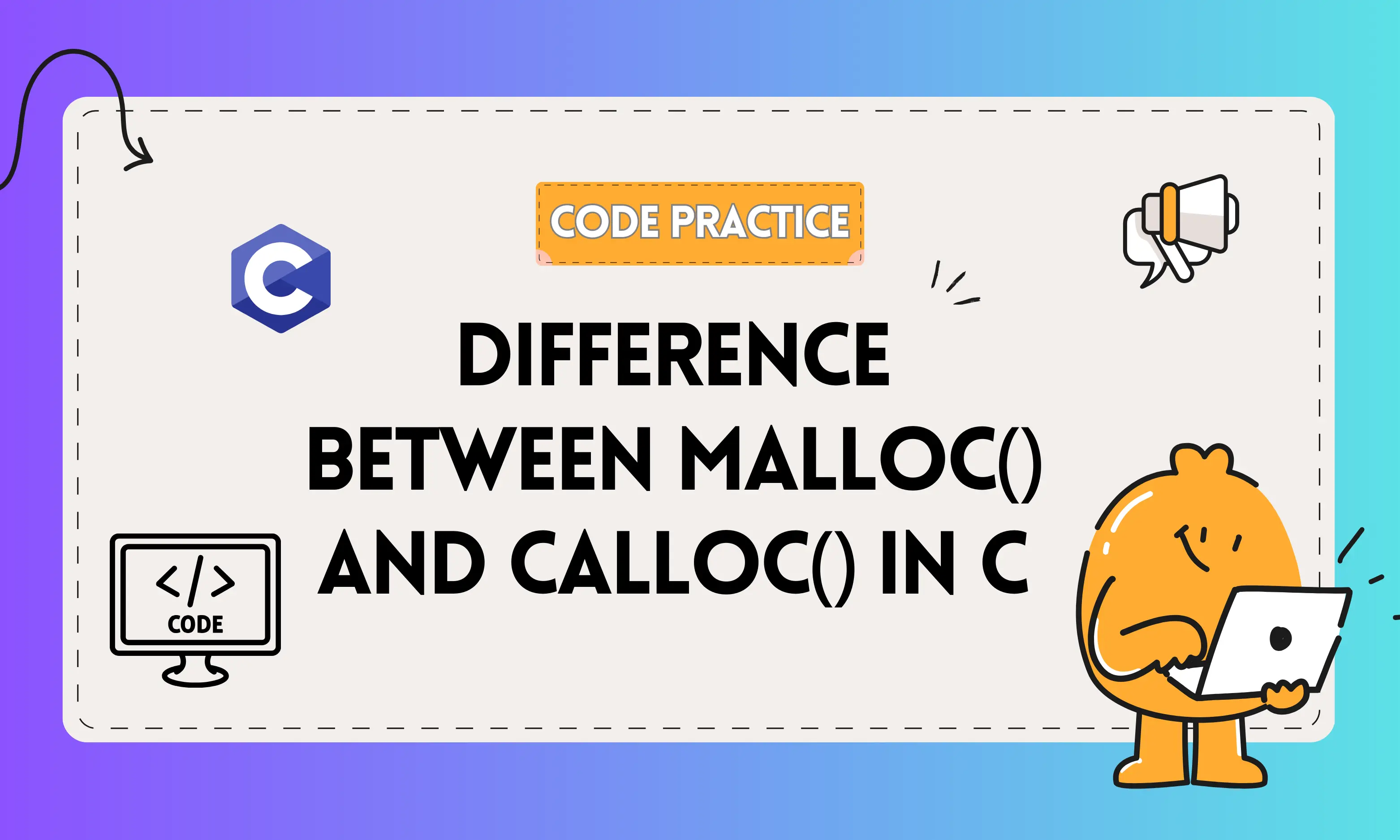
12 November 2025
Difference Between malloc() and calloc() in C Programming
Learn the key differences between malloc() and calloc() in C programming with real-world examples, memory allocation concepts, and performance insights.

12 November 2025
Difference Between JDK, JRE, and JVM in Java for Developers
Confused about JDK, JRE, and JVM in Java? Learn the clear difference with examples, diagrams, and comparisons. Perfect guide for Java developers and students.

12 November 2025
Best Python Libraries for AI and Machine Learning in 2025
Explore the top Python libraries for AI and machine learning in 2025. Learn their features, use cases, and why they matter for beginners and experts.
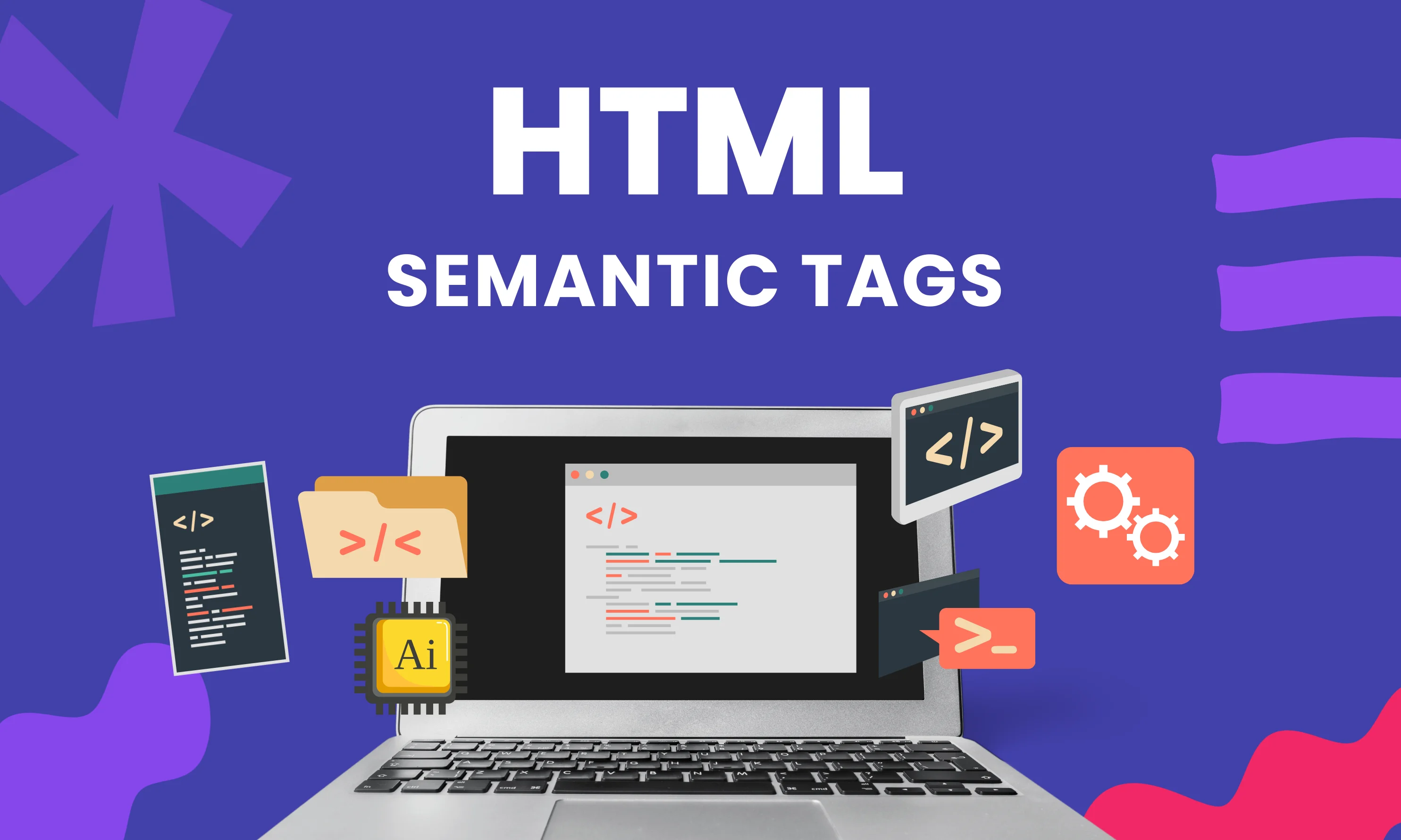
12 November 2025
HTML Semantic Tags Explained with Examples (Beginner Guide)
Learn HTML semantic tags with examples. Boost SEO, accessibility, and code clarity with this beginner-friendly guide to HTML5 semantic elements.
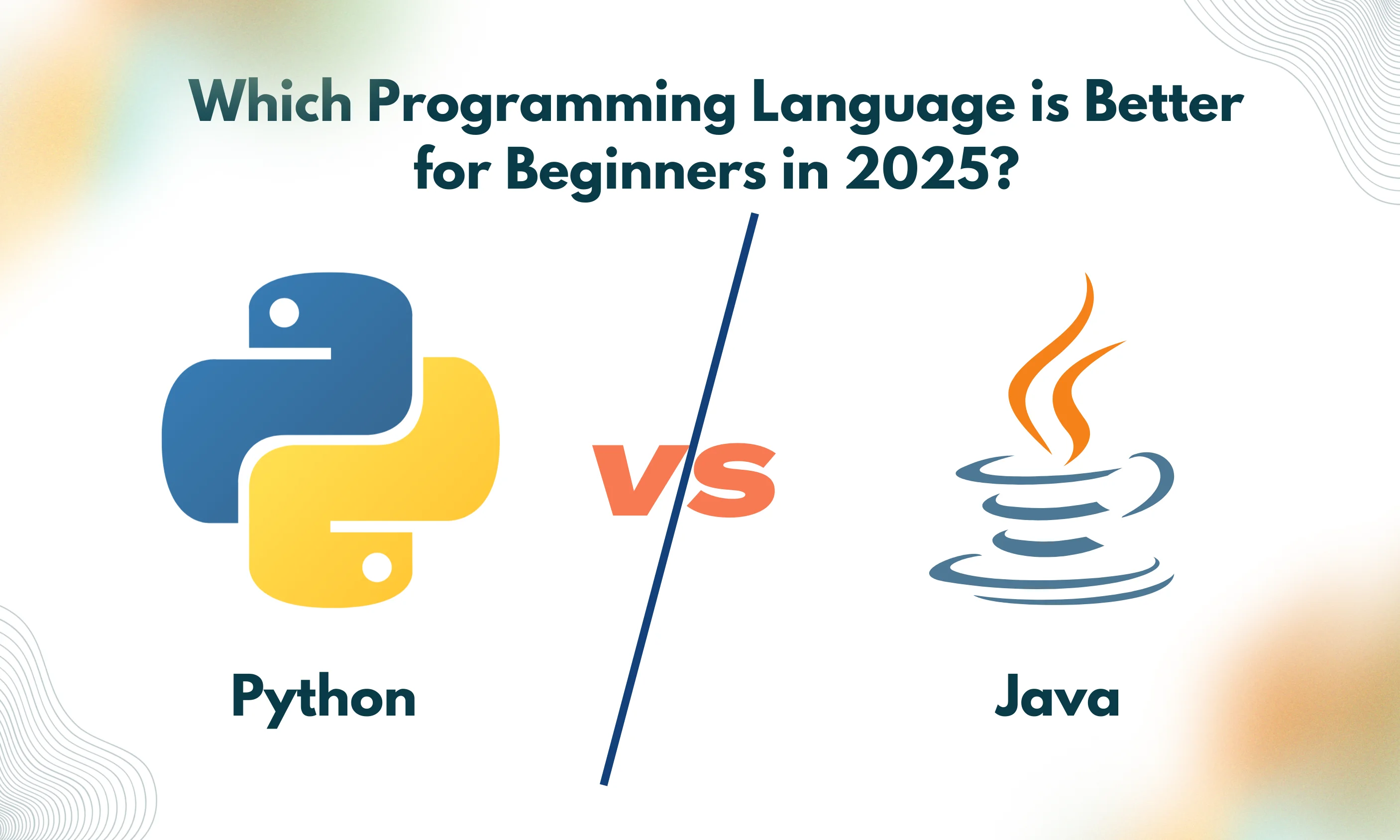
12 November 2025
Python vs Java: Which is Better for Beginners in 2025?
Python vs Java in 2025 — which should beginners choose? Compare ease of learning, jobs, salaries, and future scope in this complete beginner’s guide.
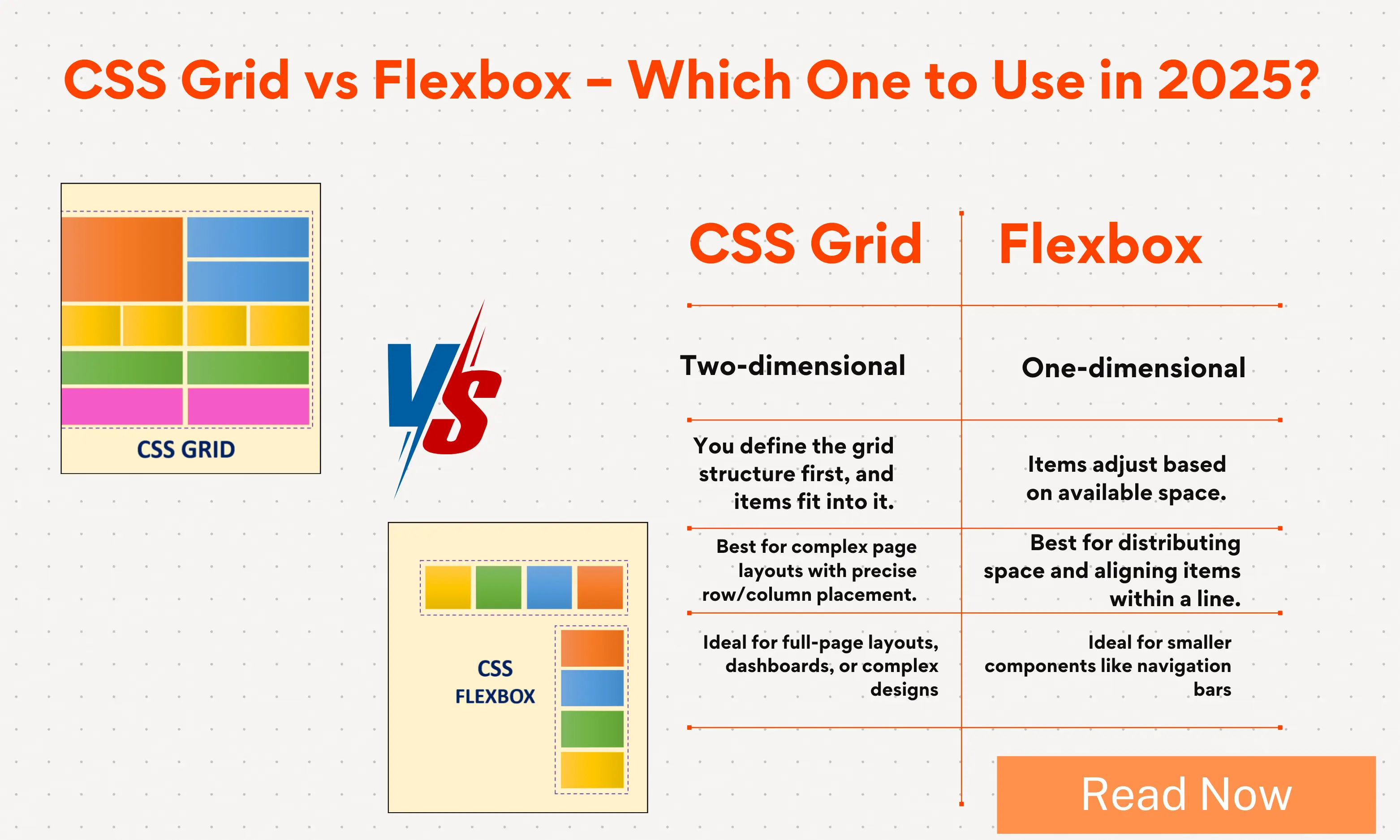
12 November 2025
CSS Grid vs Flexbox – Which Layout Should You Use in 2025?
Learn the difference between CSS Grid and Flexbox in 2025. Discover when to use each, real-world examples, and best practices for modern responsive layouts.



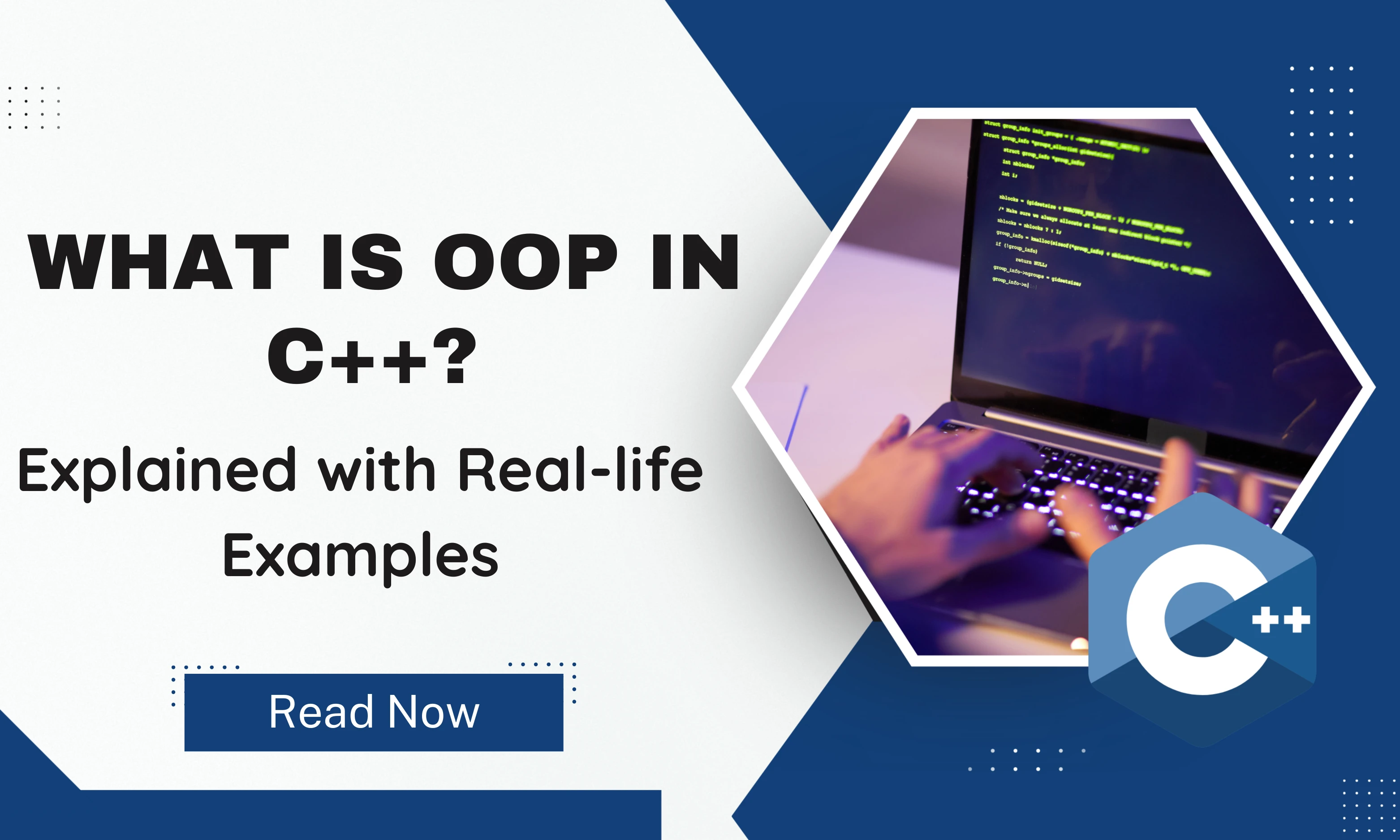


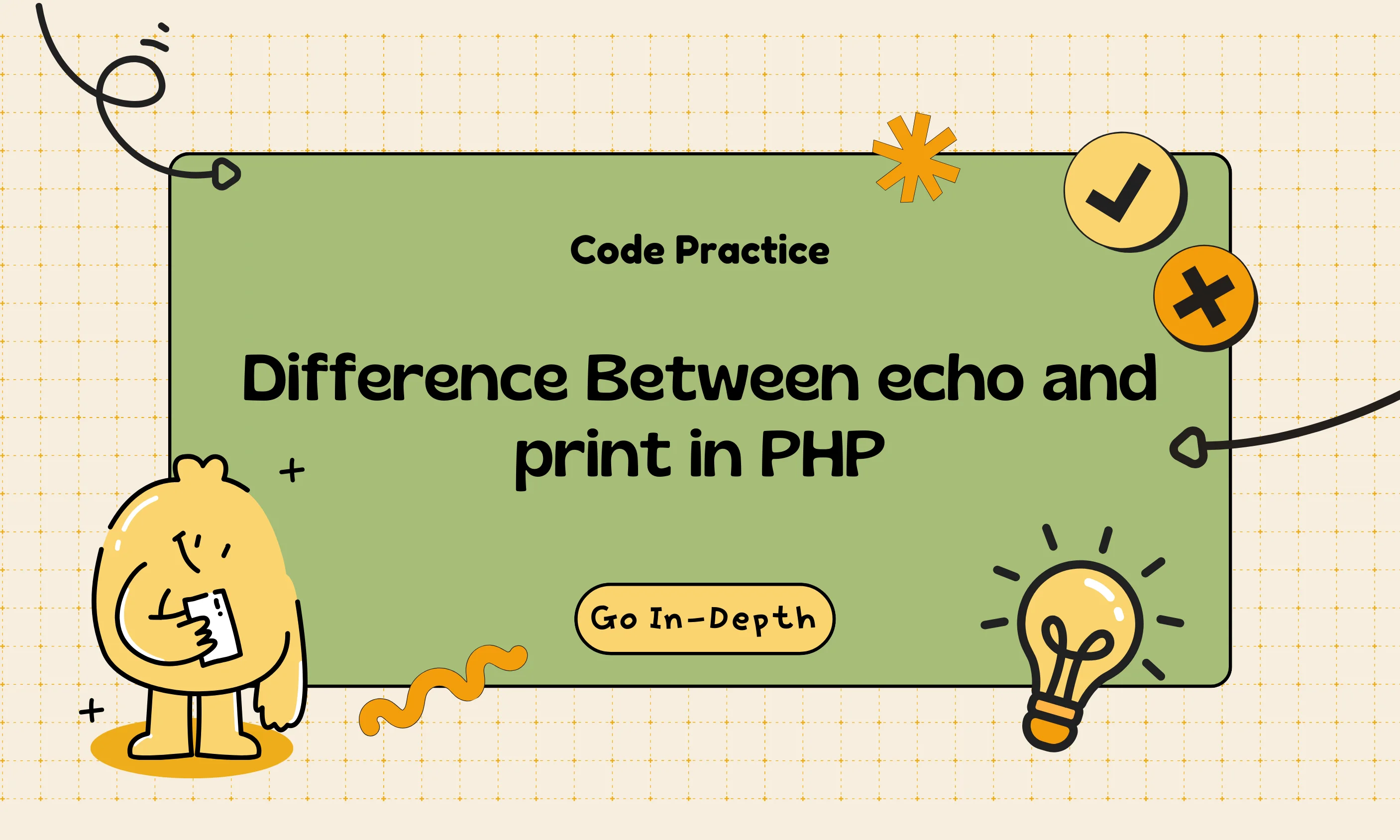


Submit Your Reviews